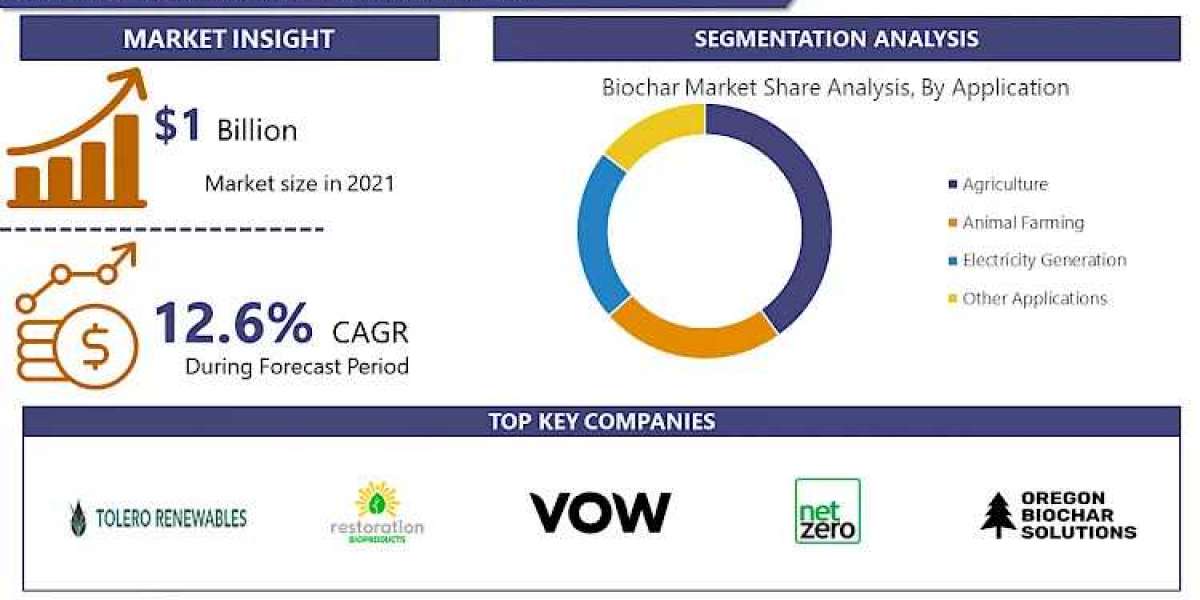1.Current situation
At present, 3D printing technology has been widely used in many fields. In manufacturing, it has been used for rapid prototyping, customized production, and low-volume production. By using a 3D scanner, existing objects or prototypes can be scanned into digital models, which are then materialized using 3D printing technology. This approach makes the manufacturing process faster and more precise, while also reducing the cost and time of prototyping. In the medical field, 3D printing technology can be used to manufacture artificial organs, medical devices, and personalized medical auxiliary equipment. In addition, 3D printing technology is also used in many fields such as construction, aerospace, and automobile manufacturing.

2. Development Trend
a. Diversification of materials: Current 3D printing technology mainly uses materials such as plastics, metals, and ceramics for printing. However, with the development of technology, more and more materials will be used in 3D printing, such as biological materials, composite materials, etc. materials, etc., which will bring more possibilities for applications in various fields.

b. Improvement in printing speed: The current speed of 3D printing is relatively slow, which limits its application in mass production. However, with the development of technology, printing speed will gradually increase, making 3D printing more efficient in industrial production.
c. Improvement of accuracy: Current 3D printing technology still has certain limitations in accuracy, but with the continuous advancement of technology, the accuracy of printing will continue to improve, making the objects produced more precise.
d. Multi-functional printing: Future 3D printing technology is expected to achieve multi-functional printing, that is, objects of different materials and properties can be printed on the same device, which will greatly increase the application scope of 3D printing.
e. Intelligent production: With the development of artificial intelligence technology, 3D printing technology is expected to realize intelligent production in the future, achieving more efficient and precise printing through automated and intelligent control systems.
3. Challenges
Although 3D printing technology has broad development prospects, it also faces some challenges. The first is the cost issue. The current price of 3D printing equipment is relatively high, which limits its large-scale application. Secondly, there is the issue of material selection. Currently, the available 3D printing materials are relatively limited and require further research and development and improvement. In addition, 3D printing technology still has issues such as safety and intellectual property protection, and it is necessary to further strengthen the formulation of relevant laws, regulations and standards.
4. Application prospects
Despite some challenges, the application prospects of 3D printing technology are still very broad. In the future, 3D printing technology is expected to achieve breakthroughs in personalized medicine in the medical field and provide patients with more precise treatment plans. In the manufacturing industry, 3D printing technology will enable faster and more flexible production models to meet the individual needs of consumers. In addition, 3D printing technology can also provide the construction industry with more efficient construction methods and reduce the waste of resources.

5. Conclusion
3D printing technology has been widely used at this stage, and is facing development trends in diversified materials, increased printing speed, improved precision, multi-functional printing and intelligent production. Despite challenges such as cost, material selection, safety and intellectual property protection, the application prospects of 3D printing technology are still broad. With the continuous advancement of technology, we believe that 3D printing technology will bring more innovations and breakthroughs in various fields.








